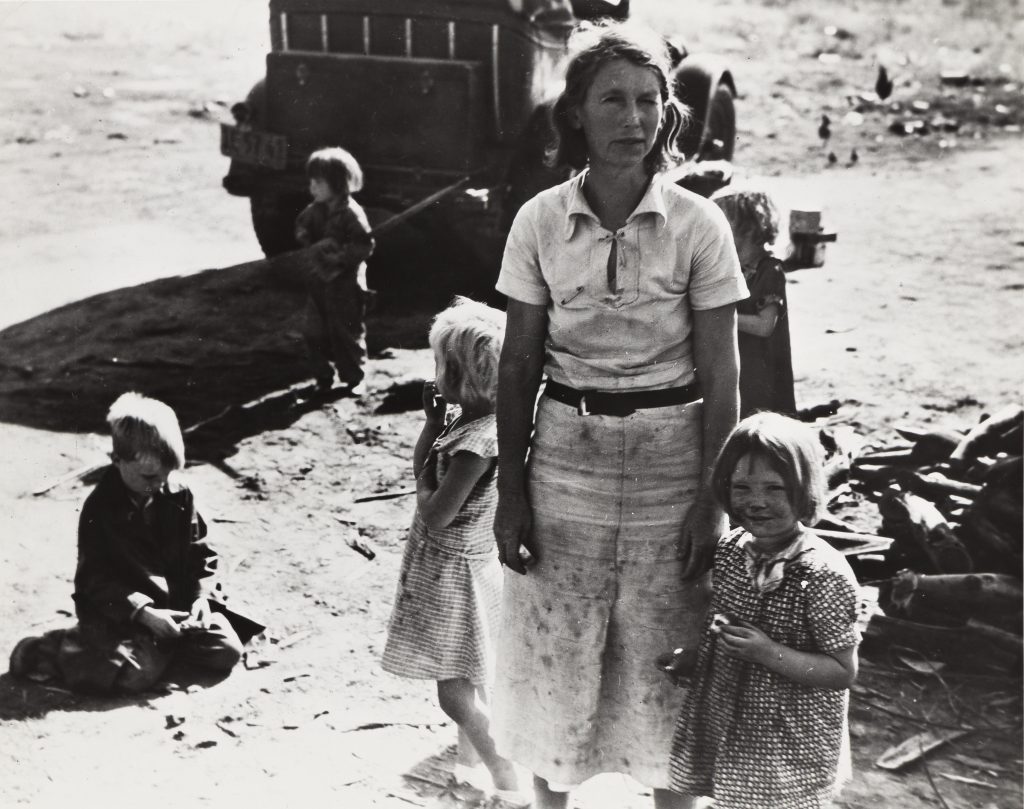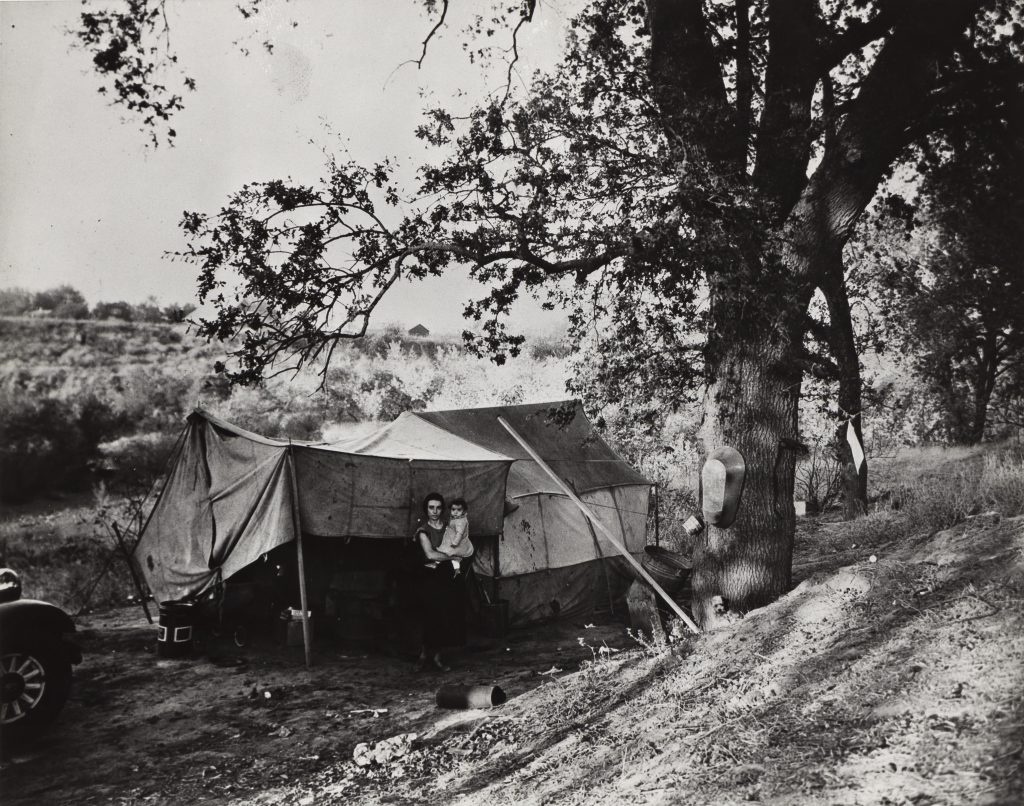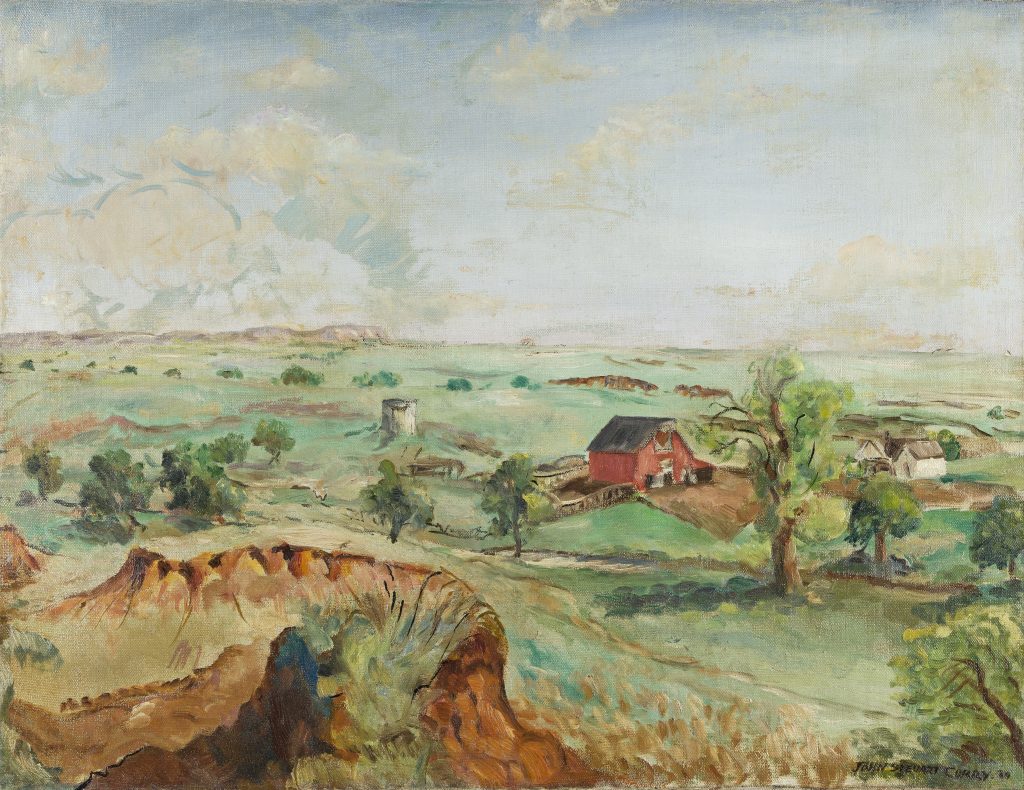The New Deal not only established a great legacy, but a greater generation of artists whose works defined the American spirit. The visual art produced under the Federal Arts Project of the WPA (Works Progress Administration), and the other “alphabet agencies” remains timeless. Capturing vernacular architecture to the rise of the modern city, the elevation of visual and performing arts, interior scenes of domestic laborers to pool halls — allowed artists to paint, print, and photograph during a period of great strife as a means to forge forward. They helped form a modern American identity, capturing American life in all its variety, one rooted in pride and tenacity.
The Art of Endurance
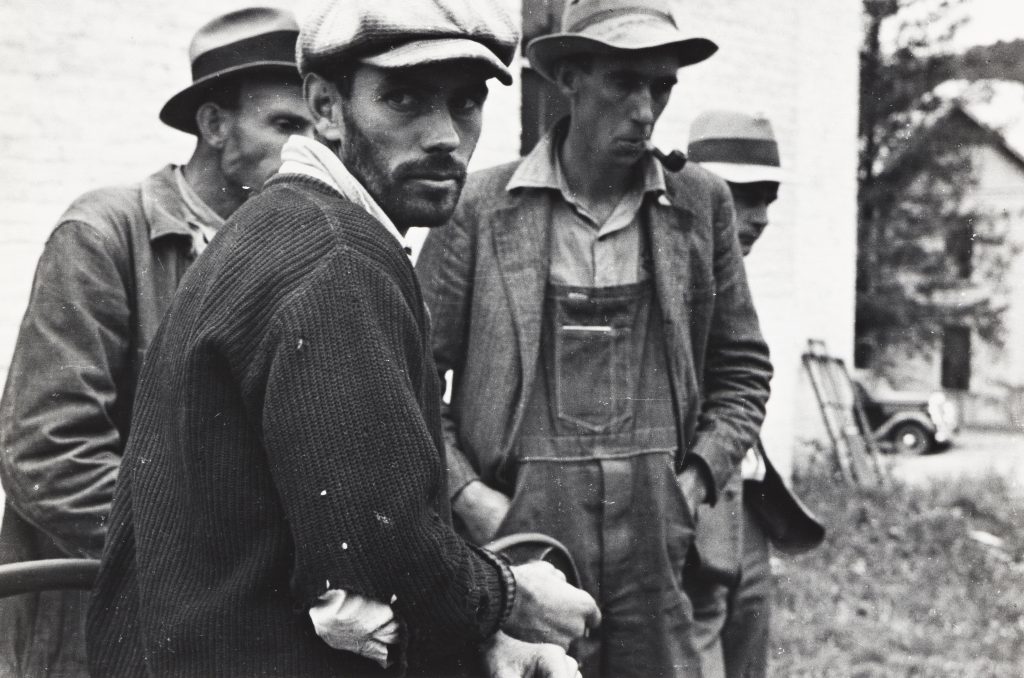
Artists of the Federal Arts Project documented a new way of life—a modern America that offered representation of what the nation looked like and how your neighbors lived. Ennobling images were taken to document the grit and tenacity of the American spirit.
Capturing the American Spirit
Artists were able to capture Americans in moments of glee. Outside of the trials of life in the 30’s and 40’s, scenes of pool halls, theaters, and joy radiated throughout the country. The arts were an important subject as the administration intended to raise the status of artists from one of casual practice to a profession that defined and displayed the importance of artists to the nation.
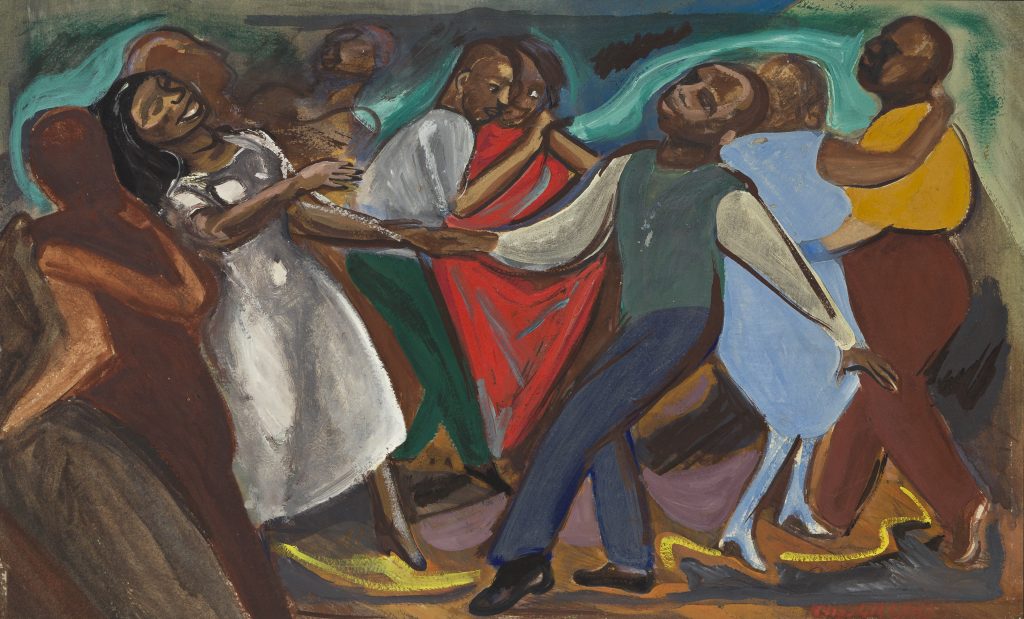
Related Reading: Harold Porcher Explores Mexican Muralists & Their Impact on the WPA
Rooted in Tenacity
The American landscape was a subject captured and depicted to instill pride and hope amongst citizens. Photographs of agriculture demonstrated the economy’s transition, and lithographs could be acquired by individuals who did not have access to explore the grandeur and diversity of their country.
Due to aspects of the depression, labor and environmental abuse from the industrial revolution, and an influx of immigrants in urban spaces, American cities fell into decline. The shared sorrow over the decline of the urban landscape was another initiative artists sought to investigate.
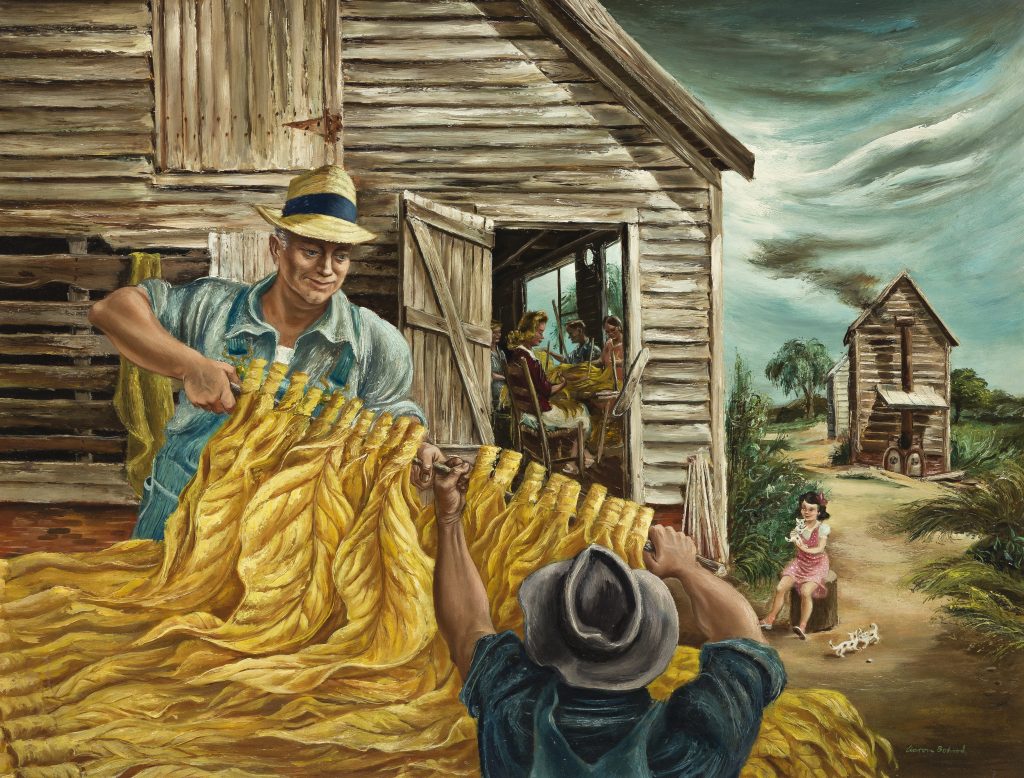
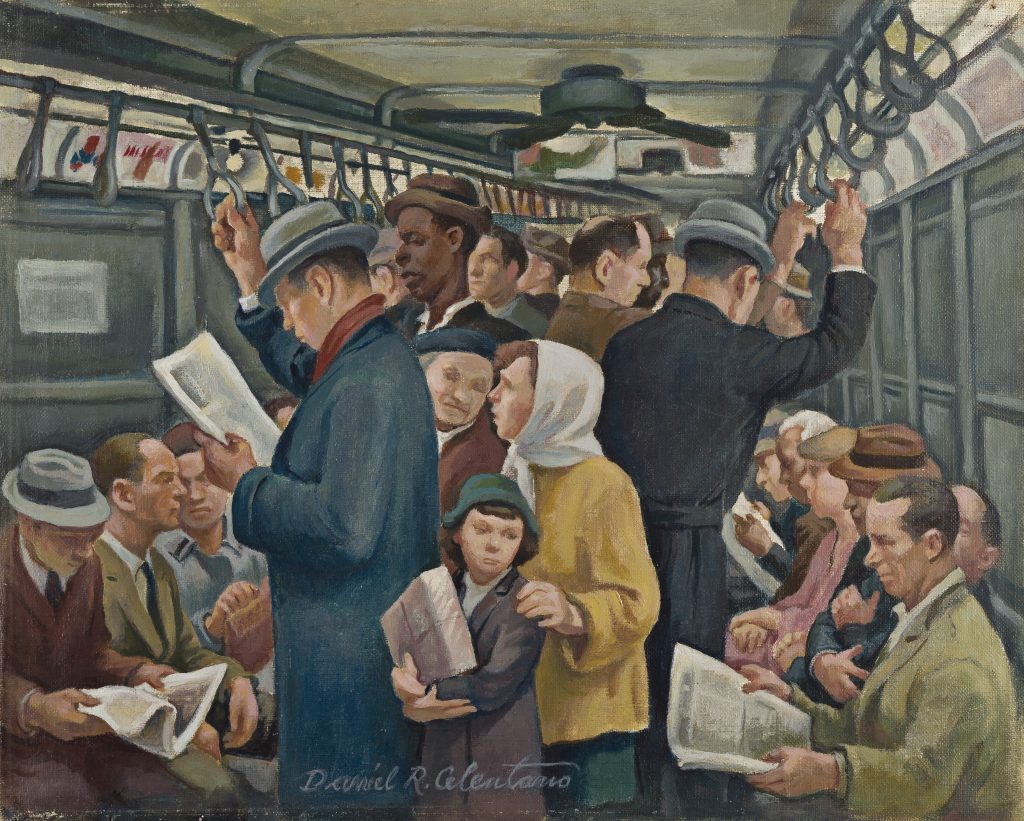
Related Reading: First Auction of Artists of the WPA at Swann Establishes Four Records
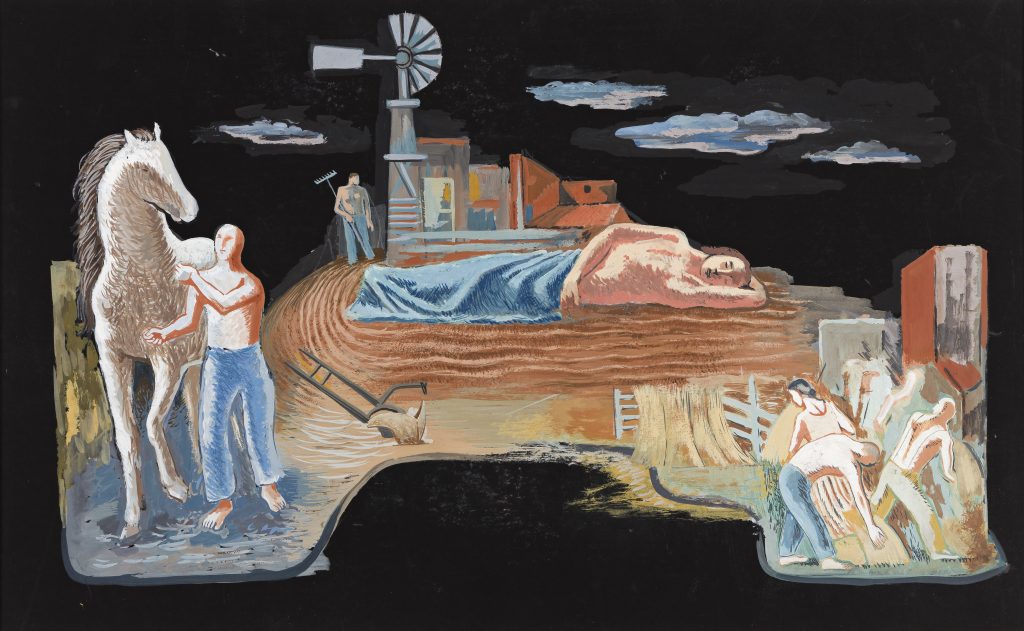
A Working Legacy
The art executed under the New Deal still inspires us to climb to new heights. With the intent to enhance the standard of living, capture the spirit of the land, and support the arts, the artists that contributed to the WPA have left a legacy rooted in the needs of the nation.
